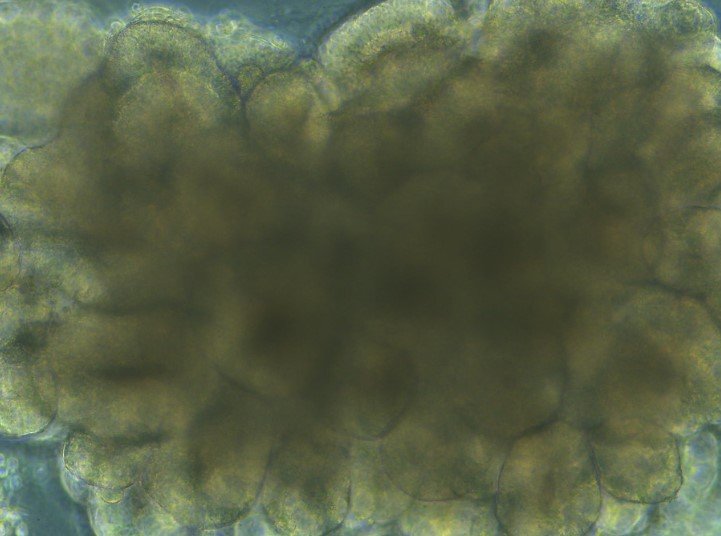Health officials in Hood River County, Oregon, are grappling with a rare and mysterious brain disorder that has already claimed two lives. The deaths have triggered a wave of concern, as health experts scramble to identify any links or common factors that could explain this unusual occurrence of Creutzfeldt-Jakob disease (CJD).
A Rare and Deadly Disease on the Rise
Creutzfeldt-Jakob disease (CJD) is an extremely rare neurological disorder that results in rapid and severe dementia, leading to death within months of onset. The condition is caused by prions—misfolded proteins that cause healthy brain cells to deteriorate. Though it affects just 350 Americans annually, CJD is almost always fatal, and its causes are often unclear. While some forms of the disease are genetically inherited or linked to contaminated beef (a concern related to mad cow disease), most cases are sporadic, with no known trigger.
Hood River County, a small area with a population of around 24,000 in northern Oregon, has been the center of a recent and troubling surge of CJD. Over the past eight months, local health officials have reported three cases of the disease, two of which have been fatal. This has sparked an investigation into potential links between these deaths and whether there may be an environmental or other factor contributing to the spread of this devastating disease.
The Investigation into Hood River County
As of now, health officials have not been able to determine any clear connection between the victims or their circumstances. “We’re trying to look at any common risk factors that might link these cases, but it’s pretty hard in some cases to come up with what the real cause is,” said Trish Elliott, director of the Hood River County Health Department. Despite exhaustive efforts, the root cause remains elusive.

Creutzfeldt-Jakob disease is typically diagnosed by examining brain tissue or cerebrospinal fluid, although in some cases, a brain biopsy may be performed. However, biopsies are rarely done due to their risky nature, as they can result in brain bleeding, infection, and death. This makes confirming CJD through autopsy or other methods a delicate process. In the case of one of the deaths, an autopsy confirmed that the patient died of CJD, while the other death is suspected to be caused by the same disease.
As the investigation continues, health authorities are examining the brain tissue of the victims to search for the hallmark signs of prion damage. This includes looking for “status spongiosis”—a pattern of tiny holes in the brain’s white matter caused by the destruction of nerve cells.
A Mystery with No Clear Answer
The small, close-knit community of Hood River County is understandably concerned, as the disease is not known to spread from person to person under normal circumstances. However, a recent string of deaths from CJD in such a small region is raising eyebrows. While it is rare for multiple people to contract CJD in one area, the lack of known risk factors in these cases makes the situation all the more alarming.
The disease’s connection to prions makes it a particularly difficult puzzle to solve. Prions are not like bacteria or viruses; they are rogue proteins that spread by inducing other proteins in the brain to misfold. Once this process begins, it accelerates rapidly, leading to a breakdown of brain tissue. As prions are not contagious in the traditional sense, health officials are working to rule out any possible environmental sources of infection or unusual circumstances that could explain the cluster of cases.
What We Know About Creutzfeldt-Jakob Disease
Creutzfeldt-Jakob disease is extremely rare, with most people who develop it not having any family history of the condition. The symptoms usually appear rapidly, with patients showing signs of confusion, memory loss, difficulty moving, and ultimately a severe decline in mental function. As the disease progresses, patients often lose their ability to speak, walk, and perform basic functions.
While there is no known cure for CJD, early diagnosis can help manage symptoms and allow for some palliative care. However, due to the rapid progression of the disease, patients often pass away within a few months of showing symptoms. In some cases, the disease may go undiagnosed until an autopsy is performed.
For Hood River County, the current mystery presents a troubling scenario: Why are there multiple cases in such a small region? The public health community continues to search for answers, but until more data is collected, many questions remain unanswered.
